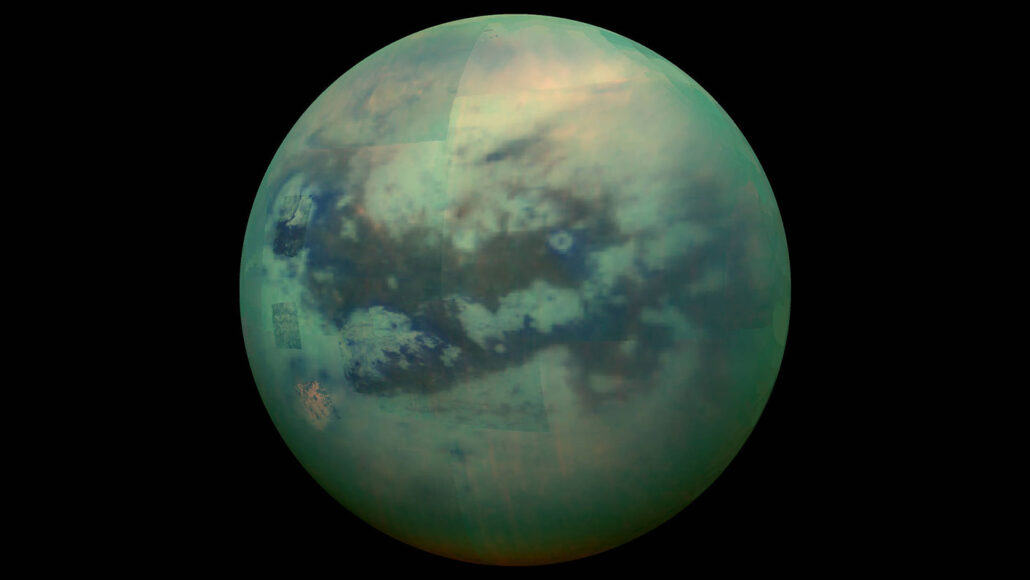
Space
Comets may be the source of sandy dunes on Saturn’s largest moon
In an early reshuffling of the solar system, comet collisions and other space rocks could have sent dusty bits falling to Titan’s surface.
By Nikk Ogasa
Come explore with us!

In an early reshuffling of the solar system, comet collisions and other space rocks could have sent dusty bits falling to Titan’s surface.
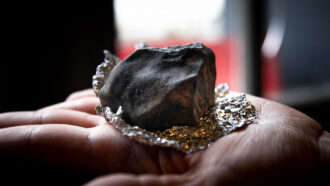
Meteorites are bits of space rock that have crash-landed on Earth — or on another celestial body.
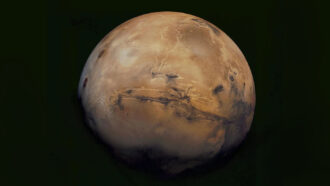
A Chinese rover used radar to reveal long-buried terrain. The discovery hints that Mars’ equator was once much colder and wetter.
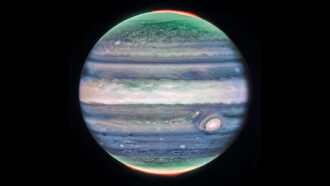
Spotted in images from the James Webb telescope, the high-altitude current may help untangle the workings of the giant planet’s atmosphere.
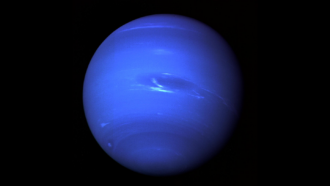
Telescope observations hint how sunlight-driven chemistry may boost cloud cover on our solar system’s farthest planet.
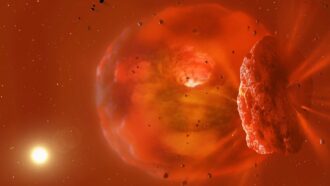
Infrared light from a distant star appears to be leftovers of an impact between a pair of Neptune-sized worlds.
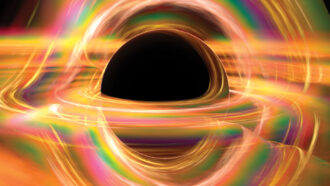
Emerging evidence points to the existence of rogue black holes and other cosmic oddities — such as big black holes in tiny galaxies.
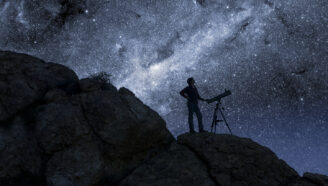
In this project, we explore how perspective, or parallax, can be used to measure the distances to objects such as stars.
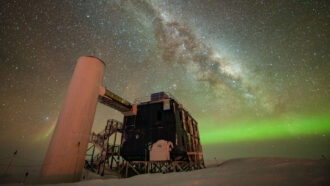
Scientists tracked neutrinos from space to create a new map of our galaxy. It’s the first image of the Milky Way to be made without light.
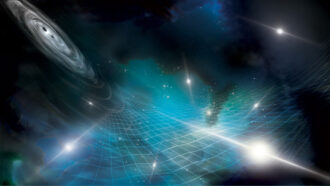
Observations of dead stars hint that ripples in spacetime — ripples light-years long — roll through our universe.